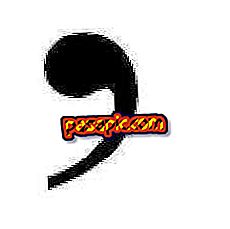Psychomotor of the baby during the first months of life

When a child is born, adults feel invaded by intense emotions, among which are mixed joy, tenderness and admiration before the ever renewed mystery of giving life to a new being. If we look at that tender baby, we will see that it has a similar shape to ours but if we stop more closely we will see that the proportions between the different parts of the body are different. The big head, small limbs, etc. For this reason in this article we will explain what should be the psychomotor skills in a baby during the first months of life.
Psychomotor of the baby at 3 - 4 months
Between 3 and 4 months the baby raises his head and shoulders, but his legs are immobile. Afterwards, he drops his head and rhythmically moves his legs. Also at 3 months, the child keeps his head upright in a stable manner.

Psychomotor of the baby at 4 - 6 months
At 4 or 6 months the baby is incorporated by leaning on his outstretched arm and lying on his back, acquires final control of the head. Between 4 and 6 months stretches the arms with the trunk and thorax flat. Sometimes it rolls sideways. The baby at 5 months can keep sitting, but holding him.
Psychomotor of the baby at 6 - 7 months
Between 6 and 7 months the baby begins to lift the abdomen ; then he gets up, leaning on the palms of his hands and knees. And it begins to move: raise your knees, pull forward and fall on your face to start again. Around 8 months can be kept in balance on the hands (falls frequently).
Psychomotor of the baby at 8 months
At 8 months the baby, more or less, already sits alone, with a straight back and legs at a right angle.
Nutrition affects psychomotor skills
One of the most important aspects for the child to have a correct psychomotricity is the feeding of the baby, for this we must take care of it together with our pediatrician. We always have the option of giving you nutritional supplements that will help you.


